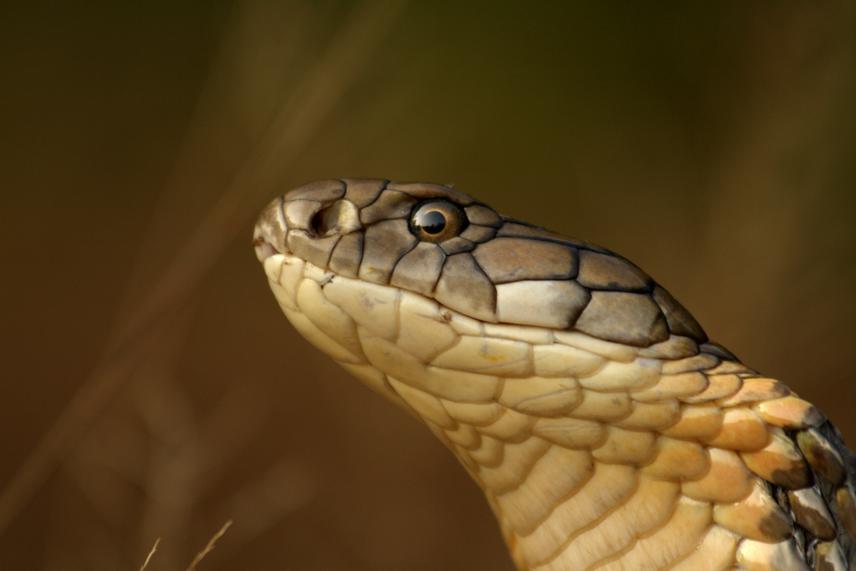Gowri Shankar
1. Elucidating the intra-specific diversity which will help in identifying sub-species/ populations of concern
2. Creating awareness among local communities in the political states of Andhra Pradesh, Orissa in Eastern Ghats and Andaman Islands. Developing an open access snake application and initiate a blog.
3. Contributing to management through training the forest department and urging appropriate conservation measures.
4. Publishing results in both scientific journals and popular publications.

The king cobra (Ophiophagus hannah) is the world’s longest venomous snake, distributed across South and Southeast Asia and the only species known from the genus Ophiophagus. With known morphologically distinct characters it has led herpetologists to suggest as a species complex. Data obtained from this project will aid in identifying phylogenetic and phylogeographic divergence which can lead to diagnosable full species or subspecies status. This will enable inferences about the influence of landscape and environmental features on gene flow between populations to understand the population genetic structure of the species. King cobras are threatened by habitat fragmentation and adversely effected by anthropological disturbances throughout their range. Here, I will examine morphological, reproductive behavioural and genetic diversity from two poorly studied populations from India, which will help understand diversity in king cobras across their distribution. A first study in India to use molecular tools to identify possible genetic variations and speciation since the description of the king cobra by Cantor in 1836.
In addition to the above:
i. I will conduct specialized king cobra rescue workshops for forest officials and local snake handlers.
ii. Design and deliver audience specific (forest officials, school and college students and tourists) educational content viz, educative posters, presentations, interactive sessions, distribution maps, and pictorial references for species identification.
iii. Create a blog for open communication and information dissemination about the project.
iv. Network and engage local rescuers across the country to contribute real time rescue data through mobile application. This data will aid transparency, serve as an open access resource for researchers, rescuers and decision makers.
I will engage with the Department of Environment and Forests to develop a conservation and management plan.
I will publish research findings in peer reviewed journals urging future studies to focus on venom biology of the king cobra lineages, and publish popular articles in other forums.